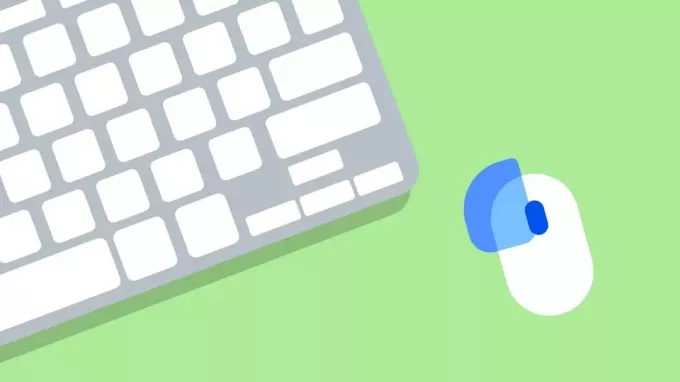Development of enterprise applications using Java EE technologies - course 41,500 rub. from IBS Training Center, training 40 hours, Date: December 1, 2023.
Miscellaneous / / December 04, 2023
Topics covered:
1. JEE Platform Overview
- overview of JEE core technologies;
- distributed EJB components;
- dependency injection via CDI;
- working with messages via JMS;
- popular application servers (JBoss/WildFly, Glassfish, IBM WebSphere, Oracle WebLogic).
2. EJB architecture
- types of session beans;
- use of Singleton bins;
- testing EJB beans in the Arquillian container;
- assembly of WAR, JAR and EAR archives for publication on the server;
- deployment of applications to the server.
3. Session beans
- scalability and fault tolerance of stateless beans;
- @Local and @Remote interfaces;
- life cycle of stateless beans;
- passivation and activation for bins with state;
- callbacks for lifecycle management;
- using servlets to obtain data from EJB;
- interceptors for working with EJB (aspect-oriented programming).
4. MDB bins
- advantages of working with messaging systems;
- sending messages to the recipient, queue;
- publishing/subscribing to topics;
- subscription to JMS queue;
- subscription to JMS topic;
- message processing using Message Driven Bean.
5. Dependency Injection via CDI
- benefits of dependency injection;
- use of Weld (CDI implementation) separately from JEE servers and together with them;
- producers and disposers;
- interceptors in CDI;
- decorators in CDI;
- working with events and the Observable pattern in CDI.
6. Working with JMS
- use of JEE server to work with JMS;
- setting up WildFly, creating queues and topics;
- connections and sessions for working with JMS;
- asynchronous sending and receiving of messages;
- use of ActiveMQ (mode without JEE server);
- using JNDI to obtain a queue or topic;
- message headers and properties;
- transmission of messages in request-response mode;
- message selectors;
- JMS 2.0 capabilities;
- use of OpenMQ.
7. Using JPA
- working with entities, mapping classes into database tables;
- access types (via field or property);
- configuration of the @Column and @Lob fields;
- strategies for generating primary keys;
- relationships of entities one-to-one, one-to-many, many-to-many;
- unilateral and bilateral relations;
- cascading operations;
- removal of orphans;
- lazy loading of relations;
- built-in classes and collections;
- class inheritance mapping strategies;
- working with EntityManager, basic operations;
- the concept of persistence context, the concept of connected and disconnected entities;
- 1st and 2nd level cache, deleting data from the cache;
- work with transactions;
- declarative transaction management;
- optimistic and pessimistic blocking;
- setting up Persistence Unit using persistence.xml;
- Spring Data basics;
- working with Spring Data in a JEE container.

The course covers topics necessary for professional use of the Spring Framework in practice, such as documenting REST services, data serialization, transactions in Spring, JWT authorization, practical application of WebFlux, testing, deployment in Docker and much more to others.
4,2
67 500 ₽

In this course, students will gain the basic knowledge and skills that will allow them to develop on the Java® SE platform. The basics of object-oriented programming and the use of UML for design are covered. application architectures, as well as the basics of using the Java® language (language types, operators, classes, packages, exceptions). A large number of practical exercises are offered.
4
41 500 ₽



